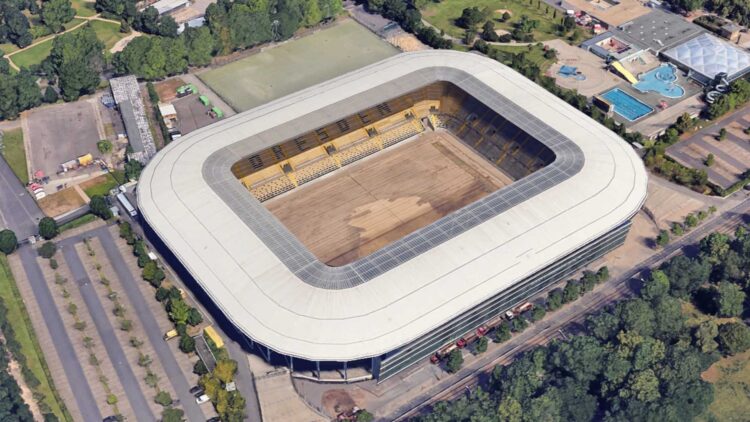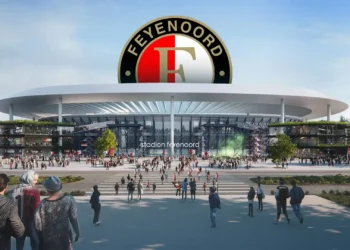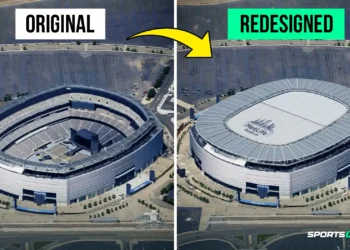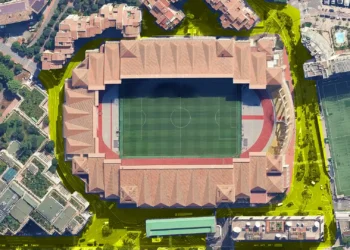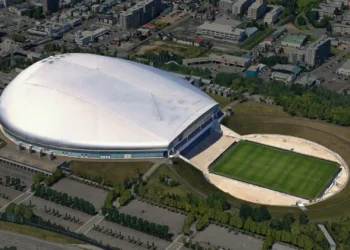Rudolf-Harbig-Stadion, often referred to simply as Harbig-Stadion, stands as a testament to the rich sporting history of Dresden, Germany. This iconic stadium has hosted countless memorable events and witnessed some of the city’s most historic sporting moments. From its inception to the present day, Harbig-Stadion remains a cherished place for sports enthusiasts, drawing visitors from near and far. In this article, we will explore the history, significance, and charm of Rudolf-Harbig-Stadion.
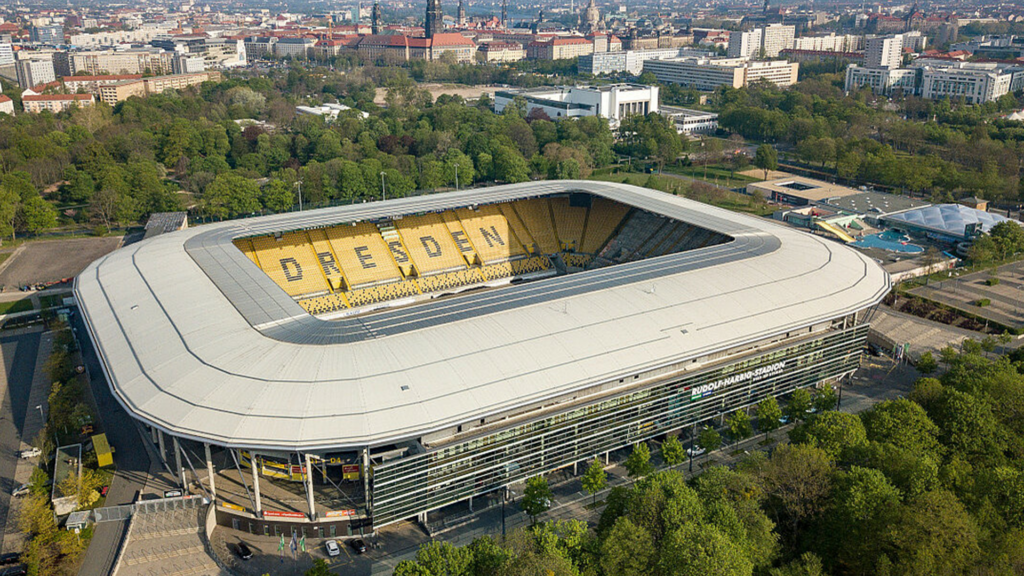
Rudolf-Harbig-Stadion was named after one of Germany’s most celebrated middle-distance runners, Rudolf Harbig. The stadium’s history traces its roots back to the early 20th century when the idea for a dedicated sports facility in Dresden was first conceived. In 1920, the construction of the stadium began, and it was inaugurated on July 16, 1935. The opening ceremony was a grand affair, with thousands of spectators and athletes present to witness the birth of a sporting legacy.
Over the years, Harbig-Stadion underwent several renovations and expansions to meet the growing demands of the sports-loving community. In 2009, the stadium was modernized to meet the standards of international sports events. This upgrade included installing a modern athletics track, improved seating arrangements, and enhanced facilities for athletes and spectators.
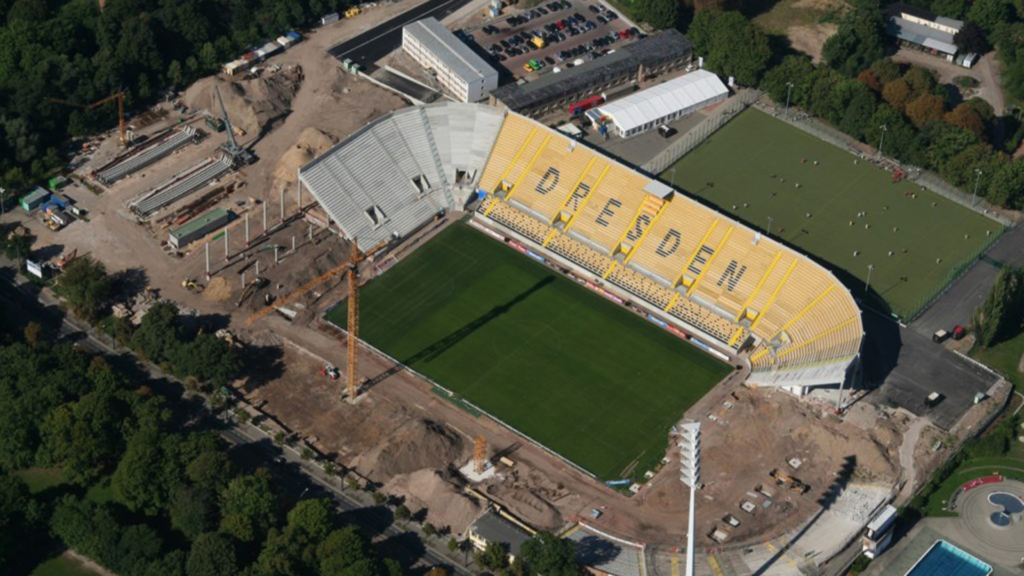
Rudolf-Harbig-Stadion has been the home ground for the local football club, Dynamo Dresden, since its inception. The stadium’s football history is rich and storied, as it has witnessed numerous dramatic matches, intense rivalries, and unforgettable moments. Dynamo Dresden, one of Germany’s oldest football clubs, has consistently drawn passionate crowds to the Harbig-Stadion, fostering a deep sense of camaraderie among fans.
Additionally, the stadium has hosted international athletics events, bringing together top athletes from around the world. These events have showcased the versatility of the stadium, with its track and field facilities standing up to the test of hosting competitions at the highest level. Rudolf-Harbig-Stadion’s role in fostering sporting excellence has helped it earn a place in the hearts of both athletes and spectators.
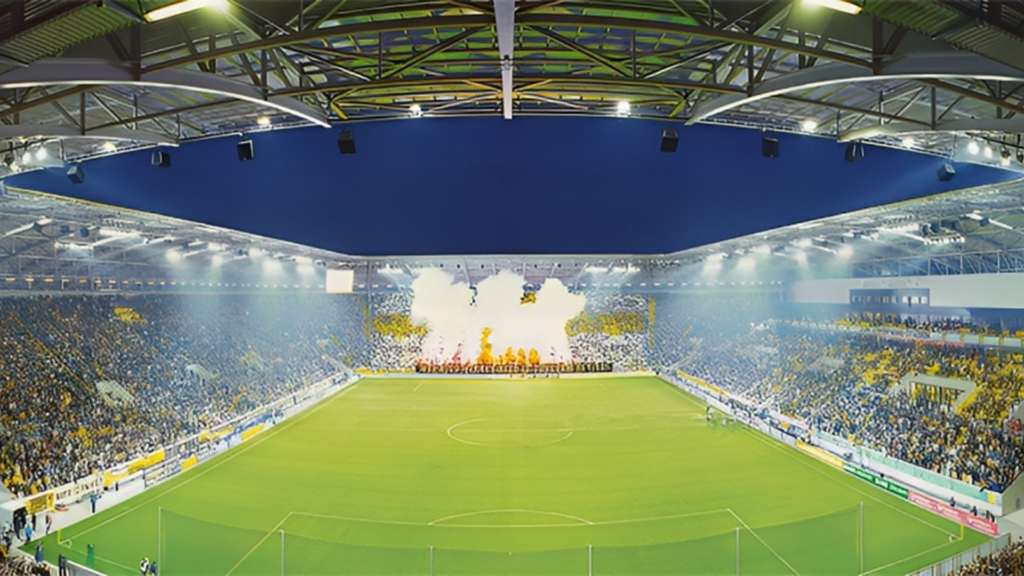
One of the unique features of Harbig-Stadion is its striking architectural design. The stadium’s steep grandstands provide excellent sightlines, ensuring an intimate and engaging atmosphere for spectators. The stadium’s modern facilities include VIP lounges, press rooms, and state-of-the-art training facilities for athletes.
The capacity of Rudolf-Harbig-Stadion has varied over the years due to renovations, but it typically accommodates around 32,000 spectators. The atmosphere during matches is electric, with fans creating a vibrant sea of black and yellow, the club’s traditional colors, as they cheer for Dynamo Dresden.
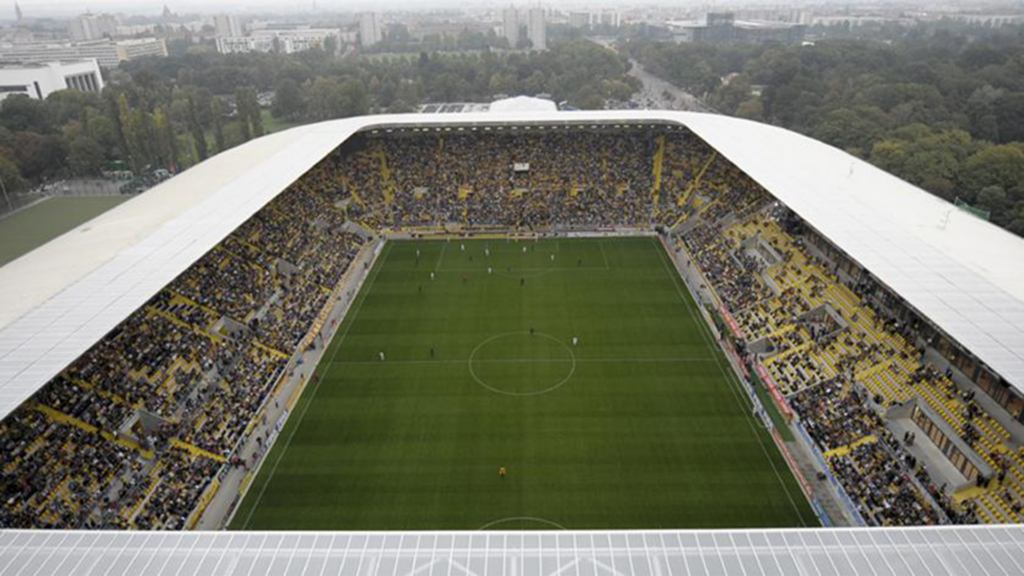
Beyond its sporting significance, Rudolf-Harbig-Stadion has a special place in Dresden’s cultural landscape. It has been a venue for various concerts and cultural events, attracting diverse audiences and contributing to the city’s cultural vibrancy. The stadium’s iconic presence in the cityscape also serves as a symbol of Dresden’s proud sporting heritage.
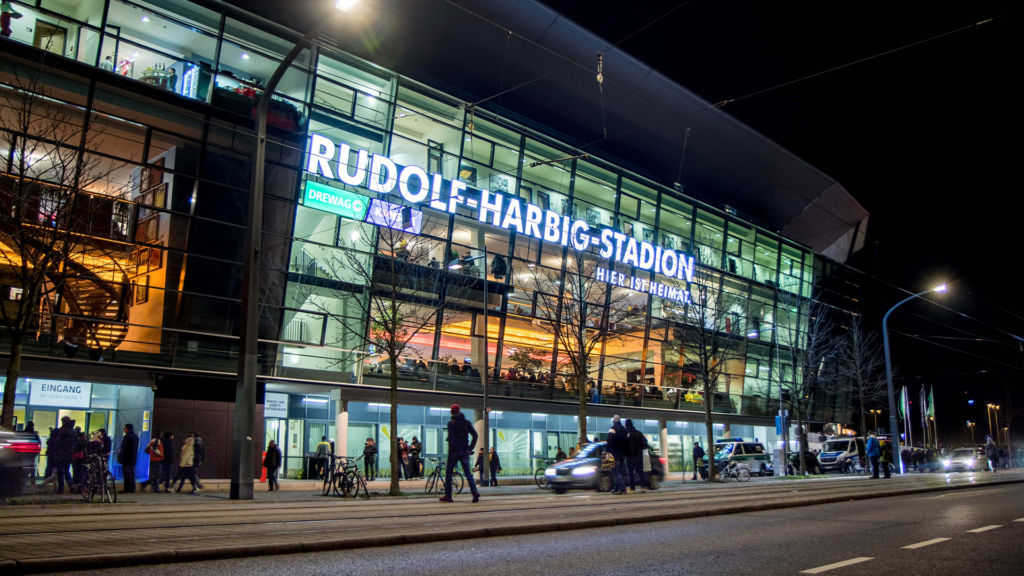
Rudolf-Harbig-Stadion is more than just a sports facility; it is a symbol of Dresden’s love for sports and its cultural richness. From its historic roots to its modern facilities, the stadium has evolved while maintaining its charm and significance. Whether you are a sports enthusiast, a history buff, or a cultural explorer, a visit to Rudolf-Harbig-Stadion promises an experience that is both enriching and entertaining. It’s a place where history, culture, and sports intersect to create an unforgettable experience for all who pass through its gates.

